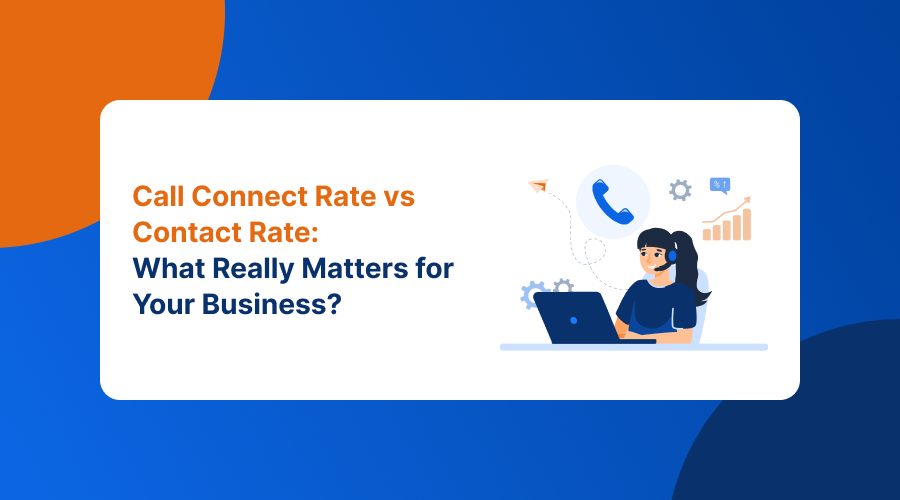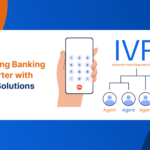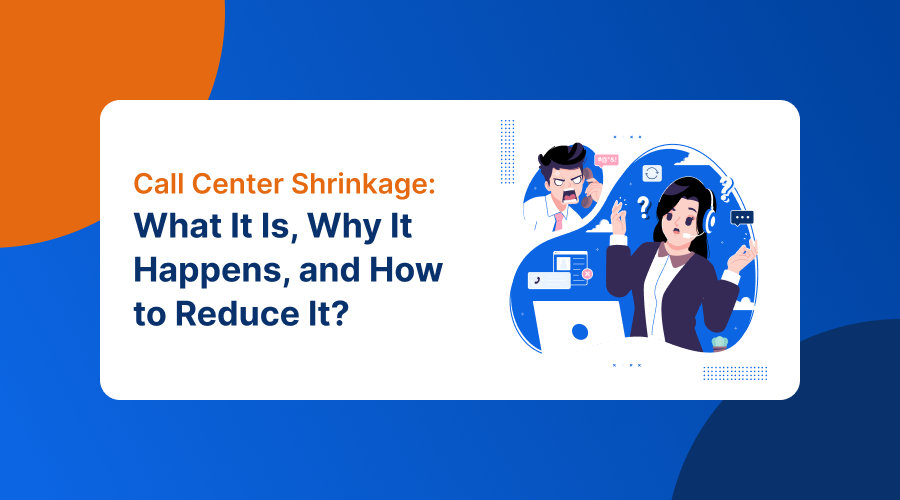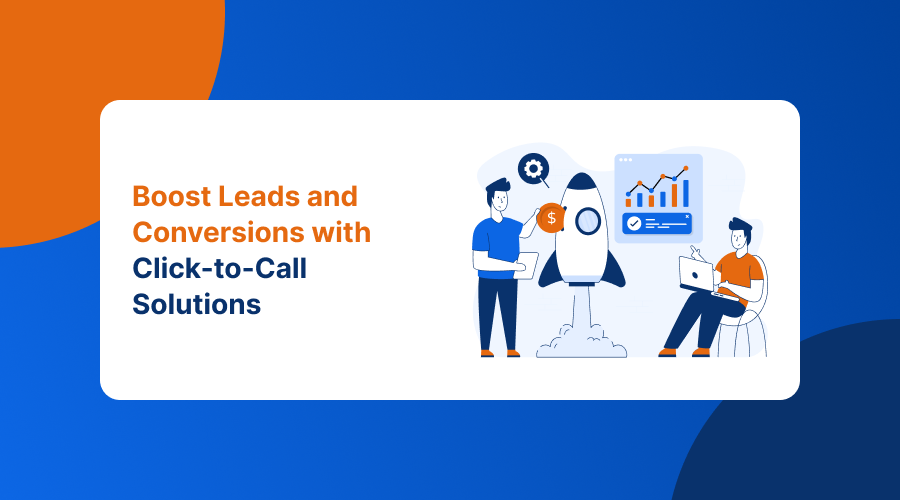Introduction
In the world of outbound sales and call center operations, understanding metrics is crucial. Two terms often cause confusion: connection rate and outbound call center contact rate. While they seem similar, they measure very different aspects of your calling performance.
Getting a clear understanding of these metrics can help you:
- Optimize outbound call campaigns
- Improve agent efficiency
- Increase sales conversions
- Reduce wasted call attempts
In this guide, we’ll cover definitions, formulas, differences, influencing factors, real-life examples, benchmarks, and actionable strategies to improve both connection and contact rates.
What Is Call Connect Rate (Connection Rate)?
Formula (simplified):
Connect Rate = (Answered calls ÷ Total outbound calls) × 100%
Example:
If you make 100 calls and 25 get answered, your connection rate is 25%.
Key Insights from Connection Rate:
- Shows how efficiently your outbound call center software and dialing strategies are reaching numbers.
- Highlights issues like wrong numbers, disconnected lines, or poor call timing.
- A high connection rate indicates your leads are valid and your dialing strategy is effective.
What Is Contact Rate (Outbound Call Center Contact Rate)?
The contact rate — or more specifically outbound call center contact rate — goes deeper: it tracks how many calls result in a meaningful live conversation with a real person. Voicemails and hang-ups don’t count.
Formula (simplified):
Example:
If out of 100 calls only 10 become real conversations, then your outbound call center contact rate is 10%.
Key Insights from Contact Rate:
- Shows the quality of your lead list.
- Measures agent effectiveness in initiating conversations.
- Directly impacts conversion rate since only live interactions can lead to sales.
Connect Rate vs Contact Rate: Key Difference
| Metric | What It Measures | Counts As Success | What It Indicates |
|---|---|---|---|
| Connect Rate / Connection Rate | Calls answered in any form | Person, voicemail, quick pickup | Reach efficiency of outbound calls |
| Contact Rate / Outbound Call Center Contact Rate | Real conversations with people | Only live interactions | Engagement quality & lead list health |
In short:
- Connection rate = “Did someone pick up?”
- Outbound call center contact rate = “Did we talk to the right person?”
Why Do These Metrics Matter in Outbound Sales?
Both connection rate and contact rate are crucial call center performance metrics. Here’s why:
- Better Resource Utilization – High connection rate means your calls are getting through, while high contact rate ensures your agents’ time is spent on real conversations.
- Lead Quality Insights – Low outbound call center contact rates may point to outdated or poor-quality lead lists.
- Conversion Potential – More live contacts = more chances for appointments, sales, or callbacks.
- Campaign Benchmarking – Tracking these outbound call metrics helps you measure the impact of changes in dialing strategies or call center software.
- Forecasting Accuracy – Understanding connect vs contact rates helps predict conversion outcomes more accurately.
Factors That Affect Connect & Contact Rates!
- Lead list accuracy – Invalid or old numbers reduce both rates.
- Call timing – Outbound call center contact rate improves when you call during working hours or peak times.
- Caller ID reputation – Local presence dialing increases connection rate.
- Dialer settings – Predictive dialers vs manual dialing impacts call outcomes.
- Agent skills – A strong opening pitch increases contact rate.
- Compliance – Avoid calling DNC numbers to protect connection credibility.
Common Mistakes to Avoid!
- Confusing connection rate with contact rate: Both are important, but measuring only one gives an incomplete picture.
- Ignoring call timing: Calling too early or late reduces both metrics.
- Poor lead segmentation: Calling low-priority leads first wastes agent time.
- Skipping agent training: Even a high connection rate fails if agents cannot engage contacts effectively.
- No tracking or reporting: Without historical data, improvement is impossible.
Benchmarks & Industry Standards:
- Connection Rate (Connection Rate): Typically 20–30% for most industries; higher if your lead list is clean and dialing strategy optimized.
- Outbound Call Center Contact Rate: Usually 8–20%, depending on lead quality, agent skills, and campaign type.
Note: Always benchmark against your own historical data. Trends matter more than absolute numbers.
How to Improve Outbound Call Center Contact Rate?
- Train agents to deliver clear, quick, and engaging openers.
- Prioritize warm leads and high-quality prospects.
- Use CRM data integration to personalize conversations.
- Offer callback scheduling for prospects who can’t talk immediately.
- Refine call scripts and test variations to reduce hang-ups.
- Segment and score leads to focus on high-value contacts first.
Example Scenario
Imagine your call center makes 500 outbound calls in a day:
- 120 calls get answered → Connection rate = 24%
- 40 calls result in real conversations → Outbound call center contact rate = 8%
This means your connection rate is healthy, but your contact rate is lagging — suggesting you need better lead lists or stronger agent scripts.
Conclusion
The difference between call connect rate (connection rate) and outbound call center contact rate may seem small, but both are critical to outbound call success.
- A high connection rate means your calls are reaching people.
- A high outbound call center contact rate means your team is having valuable conversations that lead to sales.
By cleaning your data, improving dialing strategies, and training agents, you can optimize both metrics and get the most out of your outbound sales efforts.






CHUNG CƯ THUẬN AN
September 15, 2025you’re actually a good webmaster. The web site loading
pace is amazing. It kind of feels that you are doing any unique trick.
In addition, The contents are masterwork. you’ve done a great process on this matter!